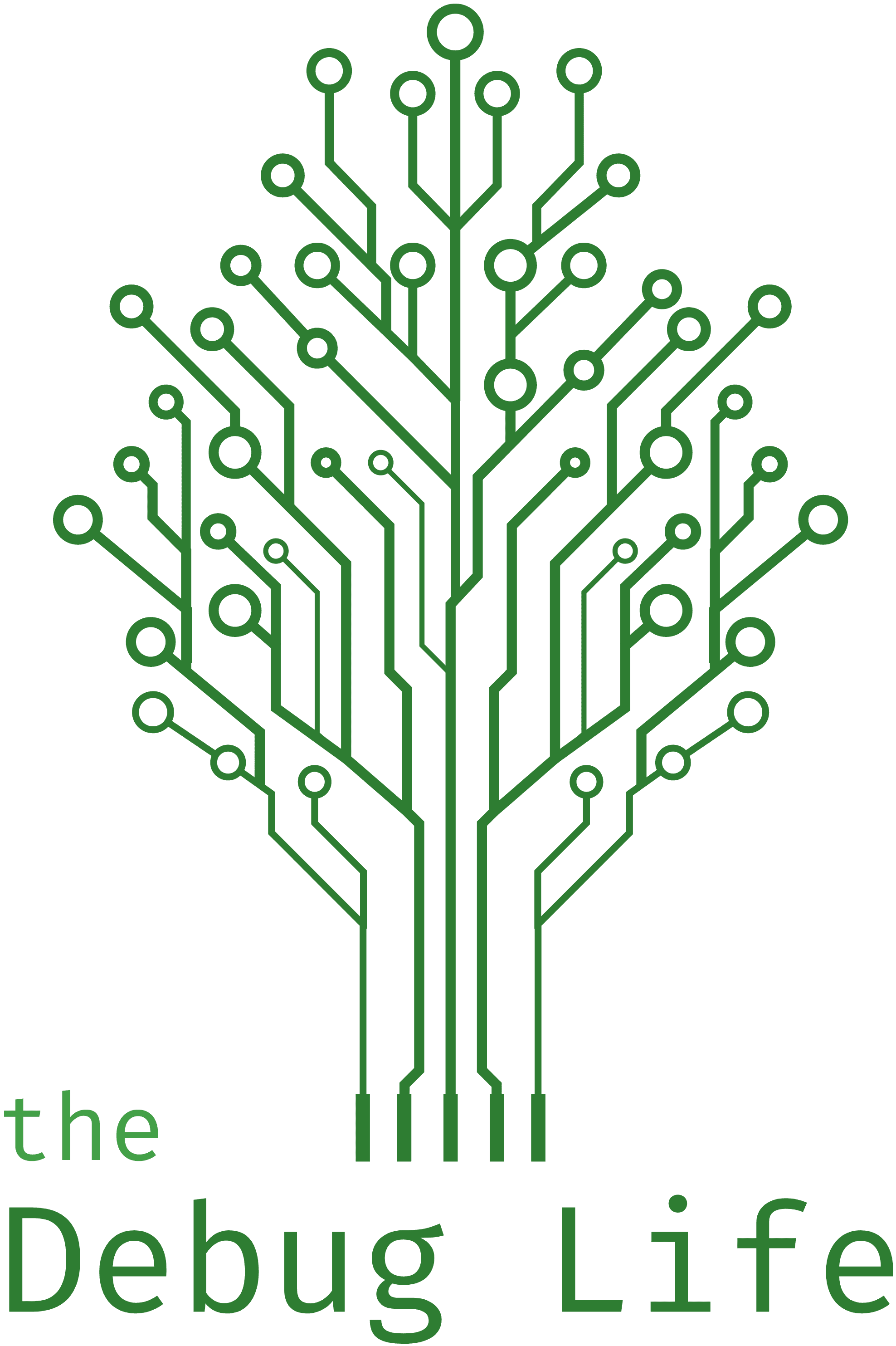
Get the Six Habits for Overcoming Isolation Guide for free


Focusing your efforts and doing the work isn’t easy. You have to create time within your busy schedule to pursue something that will challenge you mentally, emotionally, and maybe even physically.
You already spend so much of your energy working for a paycheck. In comparison, setting and achieving your own goals is a small investment in your future with a far greater return than any typical job could give you.
Getting shit done also improves your personal life because happiness is the result of realizing what you're capable of and overcoming the limiting beliefs you have about yourself.
Listen to the podcast version here
For a long time, my limiting belief was that I'm terrible at math and anything that requires sustained focus. Of course this belief didn't originate in my own mind, it was planted there by teachers and other adults, but the effects were all the same.
I dropped out of - or skipped out on, any classes related to math and sciences; I never even bothered to try studying for anything. By the time I graduated high school, I was convinced I would never hold down a regular job.
Shortly after, during my time in the military, I started questioning a lot of my mental programming. I started asking myself which beliefs were mine, and whether they were helping me or holding me back.
It wasn't until I started taking college classes for a Computer Science degree that I realized how wrong those people had been about me. Not only was I able to stay focused for a significant amount of time, I did so with incredible results.
By challenging the beliefs I had about myself, I opened the door for amazing developments in my personal and professional life. I'm proud to say, I never even finished my degree and yet I have the confidence to complete any project asked of me at work.
In order to create clarity around what you want to get done, you should map out your answers to the questions "Why?", "What?", and "How?".
"Why" enables you to understand your motivation for wanting to achieve a certain goal and saves you a lot of frustration by letting you focus on exactly what matters most to you. Emotion translates to "energy in motion", so find a why that gives you the energy to get into motion.
"What" refers to the knowledge and skills you'll need to learn in order to be successful. Breaking a bigger goal into smaller chunks such as concepts, facts, and procedures enables you to anticipate what kind of obstacles you'll face and how to best overcome them.
"How" answers what resources, environments, and methods you'll use in order to gain the knowledge and skills you need. There is an abundant amount of information on the internet, so it's a good idea to create a map of the terrain before you get started.
Take a piece of paper or use any note-taking app and write down the answers to your why, what, and how in as much detail as you can. Take note of what motivates you towards this goal, what sort of skills you will need to learn, and what resources you will seek out.
When it comes to focus, one saying always sticks with me: "You can go a mile wide and an inch deep, or you can go an inch wide and a mile deep." Getting shit done requires you to focus, or as I like to call it, it requires you to Follow One Course Until Successful.
Procrastination happens when we desire to do something else other than the task at hand, there's an aversion to doing the task itself, or a mixture of both. You can overcome procrastination by learning to recognize when you're doing it and simply acknowledging it's there. Once you do, try telling yourself you only have to work on the task for a few minutes and if you still want to quit, you can. More often than not you'll find a willingness to continue.
Distractions yank you away from your focus and delay your progress. Having your phone nearby, browsing the internet, or allowing negative thoughts to intrude continuously are all distractions that cost you heavily even though they can be easily remedied. If you run into any distractions, eliminate them as quickly as you can.
The best way to learn a skill is by ensuring that the process of learning is tied closely to the situation or context you want to use that particular skill in. When people talk to me about wanting to learn a language, they frequently mention using some "fun" app like Duolingo rather than conversing with actual people. How will that create results?
Project-based learning is a way of organizing your learning around producing a particular result. It's an alternative to class based learning, where you may spend a significant amount of time reading and taking notes but not achieving your goal. For example, you may learn programming by creating your own computer game instead of taking four years of classes.
Immersive learning is the process of fully surrounding yourself within the target environment in which the skill you wish to learn is practiced. Being in this environment will challenge you in dynamic ways and ensure a continuous push forward. Learning a language is a great example of immersive learning, you may decide to live abroad and practice a language for example.
Simulated learning is best when you want to learn a skill that can't be practiced directly using project-based or immersive learning, such as piloting a plane. When direct practice is impossible, a simulation of the environment can help you practice so long as the simulation stimulates similar levels of cognitive development as the real skill.
During the learning process, you will always be stronger in some areas than others. Generally, a weakness indicates an insufficient amount of practice, but there's a few ways you can hyper-focus on some of these weaknesses.
Repeating cognitive components is a method you can use when you don't want to practice a particular slice of time (such as a set of music chords) but rather a particular cognitive component such as vocabulary or pronunciation when learning a new language.
Time slicing is done by isolating a space in time of a longer sequence of actions. Look for parts of the skill you're trying to learn that can be deconstructed into specific moments in time that have a higher level of difficulty or importance. A musician may practice a particular set of chords for example.
The copycat method can be used to copy the parts of a skill you don't feel necessary to drill and focus exclusively on the element you want to practice. For example, you may clone a server project someone else created and then implement additional functionality such as authentication without having to worry about the basic setup.
The simple truth is that forgetting and memory decay are part of the human experience. If you wish to learn any skill, you will have to implement strategies to reinforce your knowledge and keep it with you in the long term.
Spaced repetition is one of the best strategies to fight memory decay. Spreading learning over more intervals for longer periods of time decreases your recall in the short-term, but increases retention in the long-term. The key here is finding a balance between spacing your study sessions too closely, causing you to lose efficiency, and spacing them too far apart, causing you to forget what you've already learned.
Proceduralize the skill you're practicing in order to make it "automatic", like riding a bicycle. These kind of skills are stored in a different manner in the brain and are less susceptible to being forgotten when compared to knowledge that requires explicit effort to recall. Instead of learning a large volume of information, try focusing on the core fundamentals and doing them so often they become automatic.
Going the extra mile by doing additional practice beyond what is required to learn the basics of a skill, is a well-studied phenomenon that can increase the length of time memories are stored1. If you're taking classes to learn Spanish, you may consider living in Mexico for a few weeks to solidify your knowledge.
Mnemonic aids are usually hyper-focused and tend to encode abstract information into vivid pictures, keywords, or spatial maps. If you're learning about the planets in our solar system, you may use the phrase "My Very Educated Mother Just Served Us Nuts", which can help you remember "Mercury, Venus, Earth, Mars, Jupiter, Saturn, Uranus, and Neptune". Learn more about creating your own here.
When you're just starting to learn a specific skill, it's usually enough to just follow the footsteps of someone who is further along than you are. However, as your skillset develops, it's usually no longer enough to follow the example of others. Instead, you need to experiment and find your own way.
Copying other people's work simplifies the choices available to you and increases your understanding by forcing you to deconstruct something and enabling you to understand it at a fundamental level. If you want to learn how to paint, copy the painting of an artists you look up to and begin experimenting with your own variations.
Split testing is done by trying two different approaches and changing only a single condition to see what the impact is. Doing so will give you insight into which method works best and solving a problem in different ways increase the depth of your knowledge.
Experiment with constraints in order to avoid the Dunning-Kruger effect, which is the tendency of people with a low ability in a specific area to give overly positive assessments of their abilities. Introduce new constraints in your learning process that make the old methods impossible to use, this way you avoid falling in the trap of thinking you already know what to do.
In order to put all of this together, follow these steps and remember that the more clearly and emotionally you write, the more likely you are to achieve your goal.

Get the Six Habits for Overcoming Isolation Guide for free